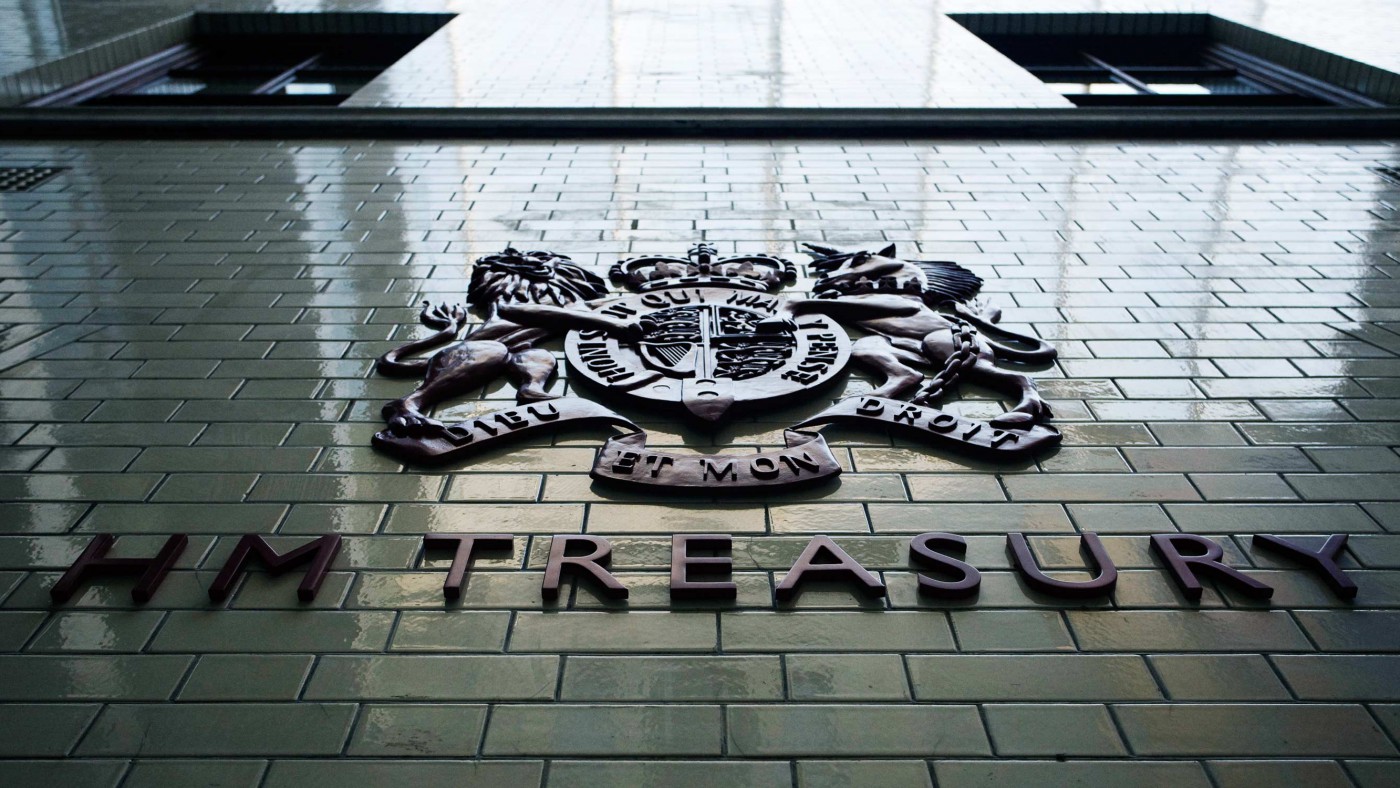Philip Hammond delivers his Spring Budget this week. It’s the first full Budget since the EU referendum vote and Hammond’s first full one as Chancellor. Thus, although we are nearing seven years of Conservative-led government and two years of this Parliament – and so under normal circumstances might expect the Budgetary die to be already largely cast – it is a natural moment to ponder the big picture of the UK’s finances.
In my view, the UK economy will have enough to cope with over the next three years with the Brexit negotiations, Brexit itself and the likelihood of the first interest rate rises for nearly a decade, without our needing to have any additional radical fiscal or tax experiments. Nonetheless, it could be useful for Hammond to offer some insights into his general thinking about how the economy might be managed, if we and the EU cut the sort of Brexit deal he hopes for and expects.
We can think of the grand strategic situation in terms of a series of big choices or trade-offs. The first concerns public spending. That is currently 40 per cent of GDP, down from a peak of over 45 per cent in 2009/10, and due to fall to 38 per cent by 2020. Only a couple of years ago, George Osborne was planning to reach 35 per cent.
That difference — being content with 38 per cent or driving on to 35 — is the difference between being able to run a surplus much of the time and instead running almost continuous deficits. The Government has not been able to secure above 37 per cent of GDP in taxes in the past 30 years. Capital and labour are too globally mobile and over-taxed sectors too sensitive to relative decline to make that feasible any more.
If we kept spending to 38 per cent of GDP, we might only run around a 1 per cent deficit most years, which with a bit of GDP growth might allow us to run down debt relative to GDP very gradually. But if another big recession were to hit before around 2030, we could easily end up with government debt above 100 per cent of GDP, and the fate of Italy could beckon. Is Hammond content to take that risk?
Even with a general ambition of getting spending down to 38 per cent and keeping it there, let alone going further, Hammond would face important spending choices.
Does he want to retain Osborne’s ringfences on schools, the NHS, pensioner benefits, international aid and defence? The international aid ringfence fluctuates with GDP anyway and defence was already cut right to the Nato 2 per cent limit anyway, so perhaps we can set those aside (we could hardly preach to Trump about the importance of Nato while not spending anything on defence ourselves!).
The key one for the moment is perhaps pensioner benefits. Osborne was widely expected to ditch that ringfence at some point soon – certainly at the next general election if not before. Could Hammond seize his chance?
Another significant question is what the UK will do with the monies released from the EU budget. Setting aside the question of whether there is “really” extra money once the GDP impacts of Brexit are considered, in a pure accounting sense Hammond will not be making EU contributions any more post-2019 (or at least not as large ones). Presumably, the Chancellor will want many of the same activities – such as agriculture and research funding – funded out of the UK budget instead.
We have, as yet, no inkling of the Government’s thinking on a new rural policy post-Brexit – but we can certainly guarantee the UK will not remain in the Common Agricultural Policy. I wouldn’t expect Hammond to set out the details of a British rural policy tomorrow, but he might need to offer some indication as to how much money he is budgeting for such a policy in the third year of his Budget forecast horizon.
Then there are the relative roles of VAT and income tax in the economy to consider. When the UK joined the EU, that led to a large restructuring in tax, with much more taken in VAT and less via income tax. Leaving the EU offers the opportunity to rethink VAT.
Will we finally remove VAT on domestic fuel, for example, which ministers have long claimed they would like to do if they were not prevented by the EU? What about other notorious examples of now-VAT-ed items? Could there be some more general restructuring in the 2020s? Does Hammond think such a radical shift is unwarranted? Or would he only consider that in his “We might have to change our economic model” no-Brexit-deal scenarios?
George Osborne talked, when in Opposition, about removing the tax relief on debt interest, equalising the treatment versus equity. In office, the policy seemed to have fallen by the wayside, until it half-returned in the form of the EU’s “Anti Tax Avoidance Directive” (ATAD) measures, which Osborne implemented early in a UK form. Will Hammond use Brexit to go even further down this path? Or will he take a step or two back?
I would, essentially, recommend that Hammond seek a pretty boring fiscal path up to 2019. But once Brexit is out of the way, more radical ideas could have their natural moment. It might help the economy, however, if we knew a little of what he thought about these matters now.


